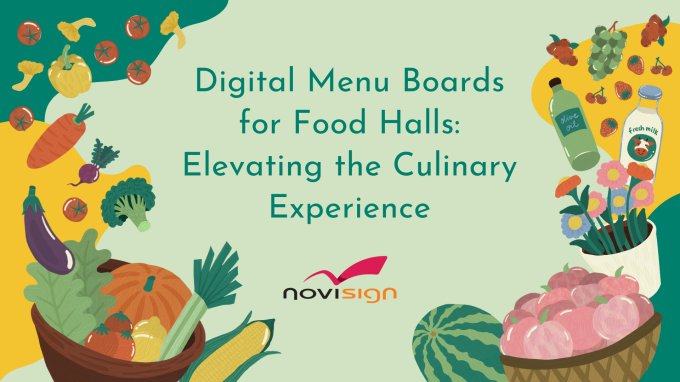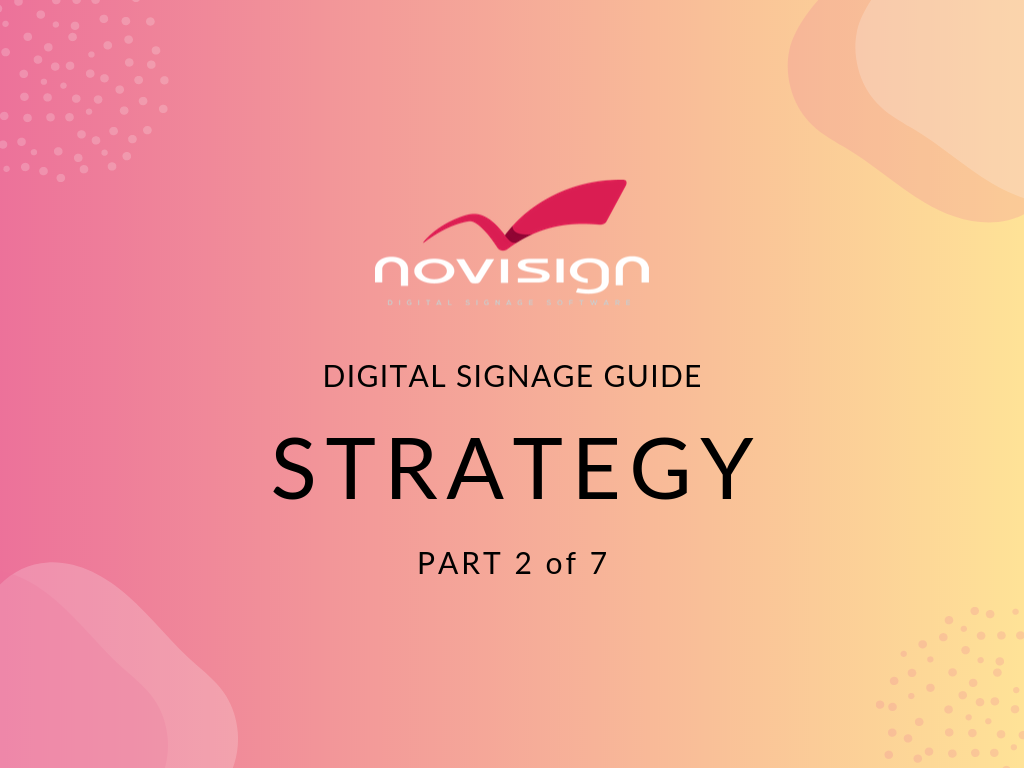With their eclectic mix of culinary offerings, food halls have become a popular destination for food enthusiasts seeking diverse and unique dining experiences. In this vibrant and dynamic environment, digital menu boards have emerged as a game-changer, enhancing how food vendors present their menus and interact with customers. This article delves into the benefits and advantages of digital menu boards for food halls, showcasing how this technology transforms the dining landscape.

Enhanced Visual Appeal and Dynamic Displays
Food hall digital menu boards bring menus to life with high-resolution displays that showcase vibrant dish images, creating a delicious and inviting atmosphere. Unlike static printed menus, digital boards can feature rotating images, videos, and animations, capturing patrons’ attention and enticing them to explore various culinary options. This dynamic presentation not only elevates the visual appeal of food stalls but also helps vendors stand out in the bustling environment of a food hall.
Real-Time Menu Updates and Flexibility
One of the most significant advantages of digital menu boards is the ability to update menus in real-time. Vendors can easily modify items, prices, and descriptions, ensuring customers can always access current information. This flexibility is particularly beneficial in food halls, where vendors frequently change their offerings based on seasonal ingredients, special promotions, or customer feedback. Digital boards for food halls eliminate the need for costly and time-consuming reprinting of traditional menus, making it easier for vendors to adapt to changing market demands.
Streamlined Ordering Process and Reduced Wait Times
Digital menu boards for Food markets can streamline the ordering process, providing clear and concise information that helps customers make quick and informed decisions. This can lead to shorter lines and reduced wait times, enhancing the overall customer experience. Some digital menu systems also integrate with ordering kiosks or mobile apps, allowing customers to place orders directly through the board, further expediting the ordering process.
Cost-Effective and Eco-Friendly Solution
Switching to food hall digital menu boards can be a cost-effective solution for food vendors in the long run. The initial investment in digital signage hardware and software is offset by the savings on printing costs and the ability to make unlimited updates without additional expenses. Additionally, digital menus are an eco-friendly alternative to printed materials, reducing paper waste and contributing to a more sustainable food hall environment.
Enhanced Branding and Consistent Messaging
Digital menu boards in food halls offer a platform for consistent branding and messaging across multiple locations within a food hall. Vendors can maintain a cohesive brand identity using consistent fonts, colors, and imagery on their digital menus. This uniformity helps reinforce brand recognition and create a more professional and polished appearance.
Improved Customer Engagement and Experience
Digital menu boards for food markets can enhance customer engagement by providing interactive and informative content. For example, boards can display nutritional information, ingredient sourcing details, or stories behind the dishes, offering customers a deeper understanding and appreciation of the food. This level of transparency and engagement can foster a stronger connection between vendors and patrons, increasing customer loyalty and satisfaction.
Conclusion
Digital menu boards are revolutionizing how food vendors operate in food halls, offering many benefits that enhance the dining experience for both customers and vendors. From dynamic displays and real-time updates to cost savings and data-driven insights, the advantages of digital menus are straightforward. As technology continues to evolve, digital menu boards will undoubtedly play an increasingly important role in shaping the future of food halls, making them more vibrant, efficient, and customer-centric.
Almog.
 info@novisign.com
info@novisign.com +972 (9) 794-7643
+972 (9) 794-7643 (646) 893-7770
(646) 893-7770



